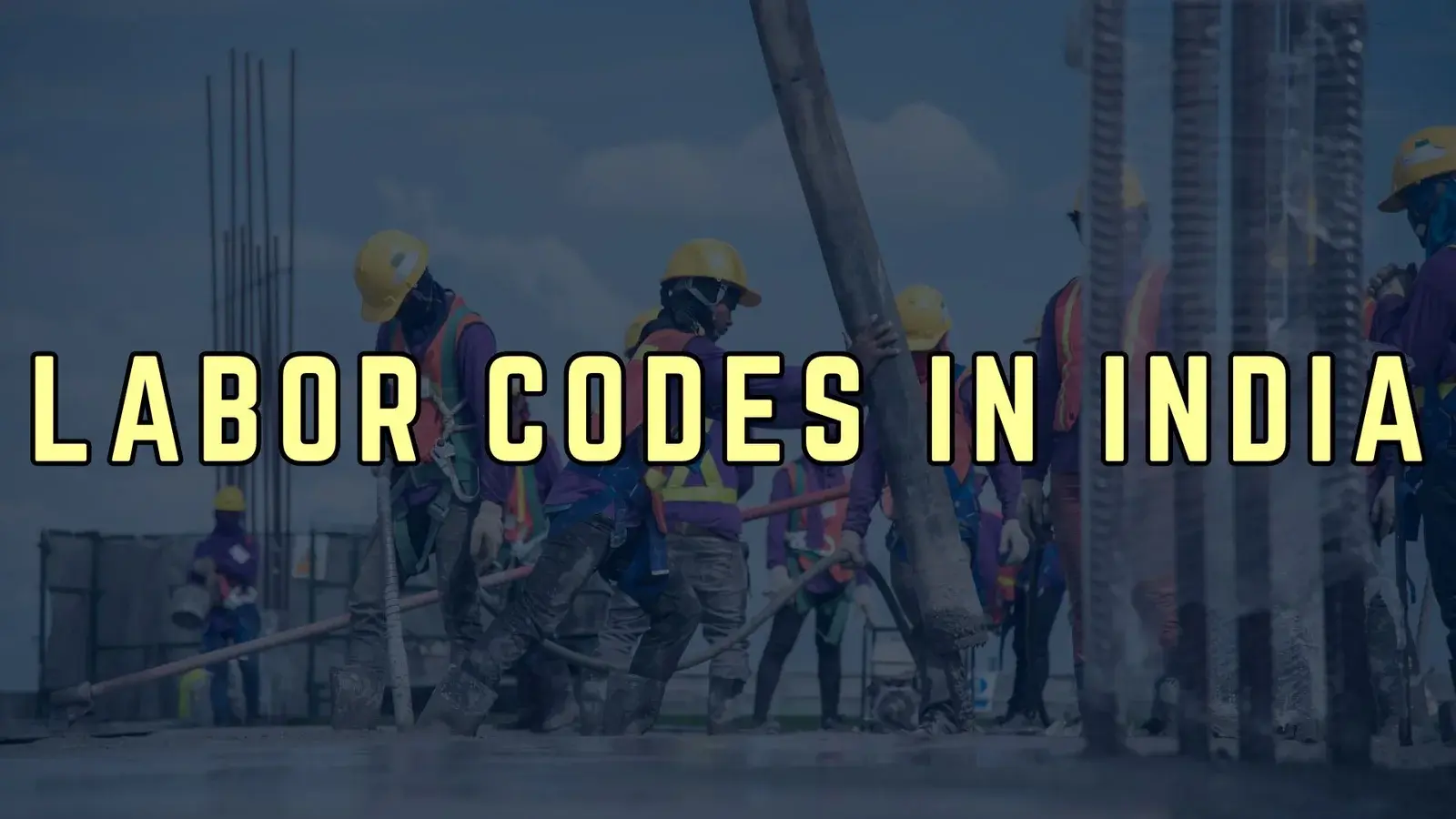The Art of Construction-Venice
Jan 16 • 3 min read

Venice, a city of beauty and wonder, is unlike any other place on Earth. Built on water, it’s a maze of canals, bridges, and buildings that seem to float effortlessly. But behind its charm lies an incredible story of engineering genius. How did people build such a city on water? And why is Venice now slowly sinking? Let’s dive into this fascinating story.
How It All Began?
In 452 AD, people fleeing invaders found safety in the Venetian Lagoon. This swampy, muddy area had small islands that barely supported the weight of a person. Despite these challenges, they decided to make it their home. Over time, these settlers turned the lagoon into one of the most remarkable cities ever built.
Building on Water: The Secret Foundations
The ground in the lagoon was soft clay and couldn’t hold the weight of buildings. So, the Venetians came up with a clever solution:

Wooden Piles: They collected strong timber from Croatia and hammered it deep into the ground, about 5 meters below, where the clay was firmer. By packing the piles close together, they created a strong base. The wooden piles stayed underwater, where no air could reach them. This kept them from rotting, and even today, many of these piles are still in perfect condition, holding up Venice.
Istrian Stone: On top of the wooden piles, they placed a type of stone called Istrian stone. This stone was water-resistant and kept the foundations above the water level.
Lightweight and Flexible Buildings
Once the foundations were ready, the Venetians built their houses and other structures. Here’s how they made sure their buildings lasted:
Switching from Wood to Brick: Early homes were made of wood, but fires were a big problem. They switched to bricks, which were safer.
Lightweight Design: Buildings were kept to three stories or less to avoid putting too much weight on the ground.
Flexible Walls: They used lime mortar instead of cement because it was flexible and allowed the buildings to adjust to the soft ground without cracking.
Iron Rods: Heavy facades with big windows were held together with iron rods to keep them stable.
Connecting the Islands
Venice is made up of 118 small islands, and in the early days, people used boats to travel between them. Over time, they built bridges to connect these islands. One of the most famous is the Rialto Bridge, built with over 12,000 wooden piles and 10,000 tons of stone. Today, Venice has hundreds of bridges, making it easy to walk around the city.

Fresh Water in a Salty Lagoon
Venice is surrounded by saltwater, but the people needed fresh water to drink and use. To solve this problem, they created an ingenious system:
Rainwater Collection: They built large squares called "campi" to collect rainwater. These squares were like giant funnels, directing water into underground wells.
Natural Filters: The rainwater passed through layers of sand and stone, which cleaned it before it reached the wells.
Roof Gutters: Roofs of nearby buildings also had gutters that channeled rainwater into these collection systems.
Keeping the City Clean
Managing waste in Venice was another challenge. In the early days, waste was thrown into the canals or streets, which caused health problems. By the 16th century, Venetians created a smart system:
Underground Tunnels: They built tunnels to collect waste from buildings.
Tidal Flushing: Twice a day, the tides of the lagoon would flush out the waste and bring in fresh seawater. The salty water also acted as a disinfectant, keeping the canals clean.
The Sinking City
While Venice’s engineering marvels have stood the test of time, the city is now facing a major problem: it is sinking.

Why is Venice Sinking?
The soft clay foundation beneath Venice is slowly compressing under the weight of the city. Over the years, groundwater pumping (now stopped) made the sinking worse.
Rising Sea Levels:
Climate change is causing sea levels to rise, which means more frequent flooding in Venice. The famous Acqua Alta (high water) now happens more often, threatening the city’s buildings and landmarks.
Efforts to Save Venice:
Projects like MOSE, a system of underwater barriers, are being built to protect the city from high tides. However, the long-term future of Venice remains uncertain.
Image Credits
https://blog.rosettastone.com/things-to-do-in-venice/
Our Clients








Related Blogs





